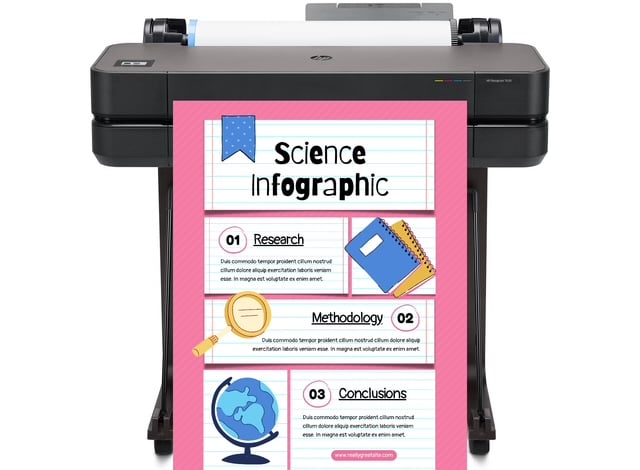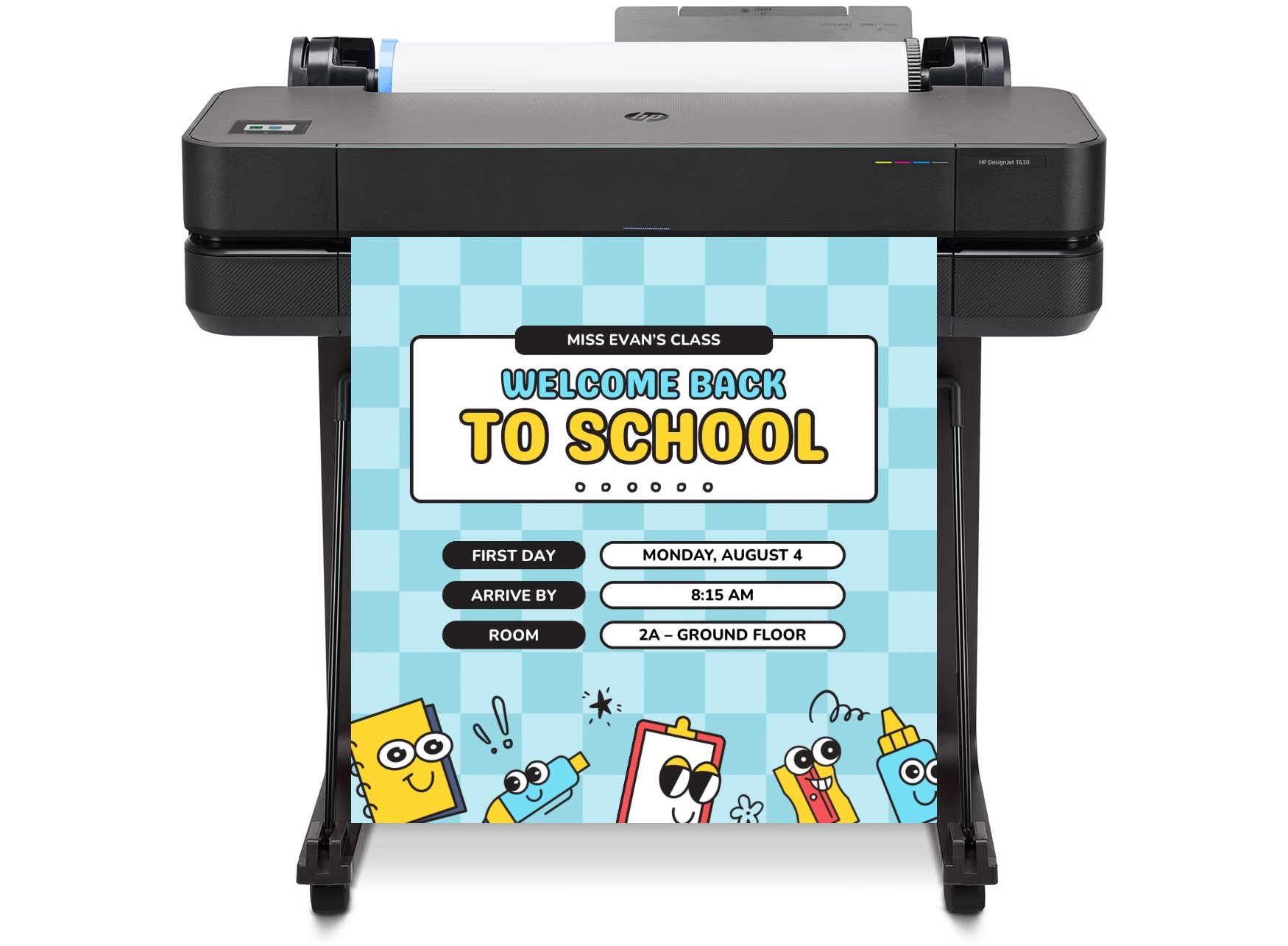
DISCOUNTED EDUCATION PRICING! CALL 1-877-891-8411. We Gladly Accept School Purchase Orders!

In the ever-evolving landscape of K-12 education, language arts stands as the cornerstone of effective communication and critical thinking. As schools across the United States adapt to new challenges in 2025, from digital integration to diverse learner needs, the role of language arts has never been more vital. This comprehensive guide delves into the essence of language arts, answering key questions like “What exactly is language arts?” and exploring innovative tools that amplify its impact. Among these, poster making machines emerge as powerful allies, enabling educators to create dynamic visual aids that bring literature, vocabulary, and storytelling to life.
At Education Graphic Solutions, we’re dedicated to supporting teachers, educators, and school administrators with cutting-edge resources. Our website, www.schoolposterprinters.com, offers top-tier poster making machines designed specifically for educational environments. These poster making machines transform abstract language concepts into tangible, engaging visuals, fostering deeper understanding and retention. In this 2800-word exploration, we’ll blend expert insights on language arts with practical advice on leveraging poster making machines to elevate your curriculum, ensuring your school thrives in the modern era.
Language arts, often abbreviated as ELA (English Language Arts), encompasses the study and mastery of communication skills essential for everyday life and academic success. At its core, language arts integrates reading, writing, speaking, listening, viewing, and visual representation—six interconnected components that build comprehensive literacy. This holistic approach goes beyond rote grammar rules; it cultivates the ability to interpret, create, and convey meaning through language.
For young learners in preschool through elementary school, language arts begins with phonics, sight words, and basic storytelling. As students progress to middle and high school, it evolves to include literary analysis, persuasive writing, and media literacy. In 2025, with the rise of digital communication, language arts also emphasizes critical evaluation of online content, preparing students for a world where misinformation abounds.
Why does this matter in schools? Strong language arts skills correlate with higher academic achievement across subjects, improved social interactions, and better career prospects. Educators know that mastering language arts equips students to express ideas clearly, empathize through literature, and navigate complex texts—skills indispensable in today’s information age.
Education Graphic Solutions recognizes the transformative power of visual tools in this process. Our poster making machines allow teachers to produce custom posters that illustrate vocabulary walls, character maps, or grammar rules, making abstract concepts concrete and memorable.
The best description of language arts is a multifaceted discipline focused on developing proficiency in using language for communication, expression, and comprehension. Unlike narrower subjects like “English,” which might emphasize literature alone, language arts broadens the scope to include practical applications across contexts.
Key elements include:
This integrated framework ensures students not only consume information but also produce it effectively. In schools, language arts lessons often blend these elements—for example, reading a novel, discussing it orally, and writing a visual summary.
Visual aids play a pivotal role here, enhancing comprehension for diverse learners, including English Language Learners (ELLs). Poster making machines excel in this area, enabling the creation of infographics, timelines, and illustrated vocabulary charts that reinforce language arts objectives.
At www.schoolposterprinters.com, our poster making machines are engineered for ease of use, allowing even non-tech-savvy educators to produce professional-grade visuals that align perfectly with language arts curricula.
The shift from “English” to “language arts” reflects a pedagogical evolution toward a more inclusive and skills-based approach. Historically, “English” referred primarily to the study of British and American literature, grammar, and composition. However, in the mid-20th century, educators recognized the need for a broader term that encompassed all facets of language use, not just national literature.
This change stemmed from progressive education movements emphasizing practical communication over rote memorization. By calling it “language arts,” schools highlight the artistic and creative aspects of language—much like visual or performing arts—fostering expression and interpretation.
In modern contexts, this nomenclature underscores the interdisciplinary nature of the subject, incorporating elements like media literacy and digital storytelling. For instance, creating a poster for a book report combines writing skills with visual design, embodying the “arts” in language arts.
Poster making machines from Education Graphic Solutions bridge this gap, turning language arts projects into creative endeavors. Teachers can use our poster making machine to print character analyses or poetry illustrations, making lessons more engaging and aligned with this evolved terminology.
Today, language arts is commonly referred to as English Language Arts (ELA) in U.S. schools, reflecting a standardized approach in curricula and assessments. This term gained prominence with the adoption of Common Core State Standards, which emphasize evidence-based reading and writing.
In some districts, it’s simply “Language Arts” for elementary levels and “English” for secondary, but the content remains consistent. Internationally, variations like “Literacy” or “Communication Arts” exist, but ELA dominates in American education.
In 2025, with curricula like EL Education’s K-5 Language Arts 2025 Edition, the focus is on science-of-reading principles and inclusive practices. This evolution ensures language arts addresses diverse needs, including those of multilingual students.
Integrating tools like poster making machines enhances ELA instruction by supporting visual literacy—a key component now emphasized in standards. At Education Graphic Solutions, our poster making machines are compatible with these modern curricula, offering wireless printing for quick creation of ELA visuals.
Language arts is crucial because it underpins all learning, enabling students to articulate thoughts, understand others, and engage with the world. In schools, it fosters critical thinking, empathy through literature, and effective communication—skills employers value highly.
For diverse populations, including ELLs, language arts provides equity, helping bridge cultural gaps. Visual aids amplify this, as research shows they improve comprehension by up to 65%.
Poster making machines are ideal for this, allowing custom visuals like storyboards or word walls that make language arts accessible and fun.
Poster making machines, also known as poster makers or poster printer machines, are large-format printers that produce high-quality posters, banners, and charts. In language arts, they serve as versatile tools for creating visual aids that reinforce lessons.
For reading comprehension, print book summaries or character webs. In writing, design prompt posters or editing checklists. Speaking activities benefit from presentation backdrops, while listening skills improve with illustrated podcasts transcripts.
Our models, such as 36-inch wireless printers, offer resolutions up to 2400 DPI for crisp, vibrant outputs. Compatible with software like Canva, they integrate seamlessly into ELA workflows.
Visual learning is integral to language arts, aiding retention and engagement. Poster making machines facilitate this by enabling custom graphics that illustrate metaphors, plot structures, or historical contexts in literature.
For ELLs, visual posters with images and simple text accelerate vocabulary acquisition. In 2025, with AI-assisted designs, these poster making machines make creation effortless.
Education Graphic Solutions’ poster making machines stand out for reliability and school-specific features, outperforming generic options with low maintenance and eco-friendly inks.
Tips: Ensure high-res images (300 DPI) and large fonts for readability.
A California elementary school used our poster making machine to create interactive story maps, boosting reading scores by 25%.
In Texas, a middle school integrated banners for debate topics, enhancing speaking skills and student participation.
These examples highlight how poster making machines from www.schoolposterprinters.com drive real results.
Evaluate size, speed, and connectivity. Our lineup includes budget-friendly 24-inch models and premium 44-inch options.
| Feature | Basic Poster Making Machine | Advanced Poster Making Machine |
|---|---|---|
| Width | 24″ | 36-44″ |
| Resolution | 1200 DPI | 2400 DPI |
| Speed | 5-10 min/poster | <5 min/poster |
| Cost | $1,500+ | $2,500+ |
| Best for ELA | Vocabulary charts | Literature timelines |
Prioritize reliability—our HP-based poster making machines excel here. We work hard to provide the best poster makers to all our schools and clients.
Expect AI integration for auto-generated visuals and sustainable materials. Language arts will emphasize digital literacy, with poster making machines evolving to support hybrid learning.
Education Graphic Solutions is at the forefront, offering forward-compatible poster making machines.
What exactly is language arts? A discipline covering reading, writing, speaking, listening, viewing, and visual representation.
What best describes language arts? The art of using language for effective communication and expression.
Why is English called language arts? To emphasize creative and practical language skills over traditional literature focus.
What is language arts called now? Often ELA (English Language Arts) in schools.
How do poster making machines help in language arts? By creating visual aids that enhance comprehension and engagement.
Language arts is the gateway to empowered learners, and poster making machines are the key to unlocking its potential. As your trusted partner, Education Graphic Solutions provides premium poster making machines tailored for schools. Visit us today to explore our range, request a demo, or order a bundle. Equip your classrooms with tools that inspire—contact us now and transform language arts education!